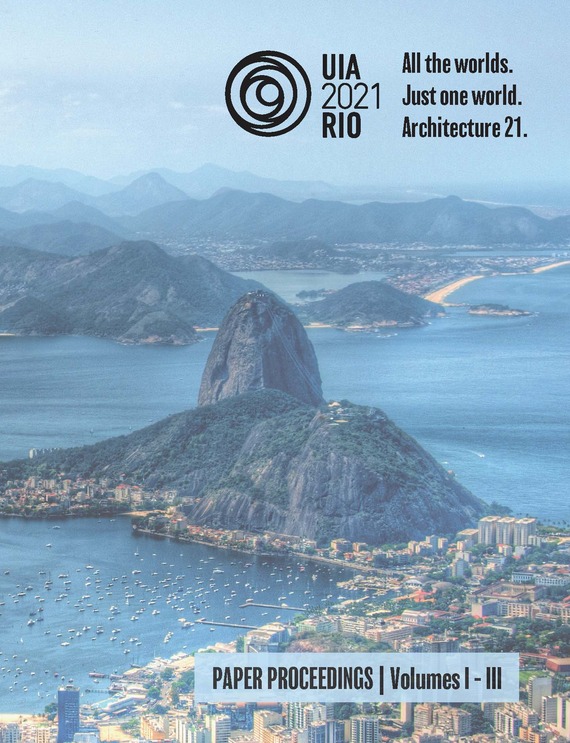Author(s): Matanya Sack & Uri Reicher
Architecture is an act of settlement. A use of the land. The expansive settlement of the earth is now a cause for conditions of political injustice, economic inequality and environmental crisis. Therefore, we now must learn not just to how build but also how to leave. It requires a new episteme of architecture, planning, culture. As a case study, we look at the de-settlement of Israeli settlements in the West Bank, towards an agreement with Palestine. It is part of an applied research used by key NGOs, thinktanks, policy makers and diplomats. It is based on the requirements for prosperous, sustainable nation-states. We describe de-settlement addressing: 1. growth of localities, 2. village clusters, 3. open spaces, 4. intertwined commuting regions, 5. regional growth. Architecture must broaden its scope of responsibility to the region, the territory – a geopolitical architecture, based on the relationships between people and lands. The characteristics of architecture and land determine the characteristics of the society: continuity, width, distribution, variety – affect social and economic relations, the access to education, employment and various opportunities, which in turn affect culture, communal growth, and so on. The act of de-settlement is a lesson in architecture critically relevant for issues such as global warming – leaving territories for re-wilding, foresting and ecological corridors, and for economic pre-distribution of means of productions through land equality, geopolitical resolutions and more. Together with an architecture of leaving, we can then begin formulating a new architecture of re-gathering.
Volume Editors
ISBN
978-1-944214-31-9

 Study Architecture
Study Architecture  ProPEL
ProPEL 
